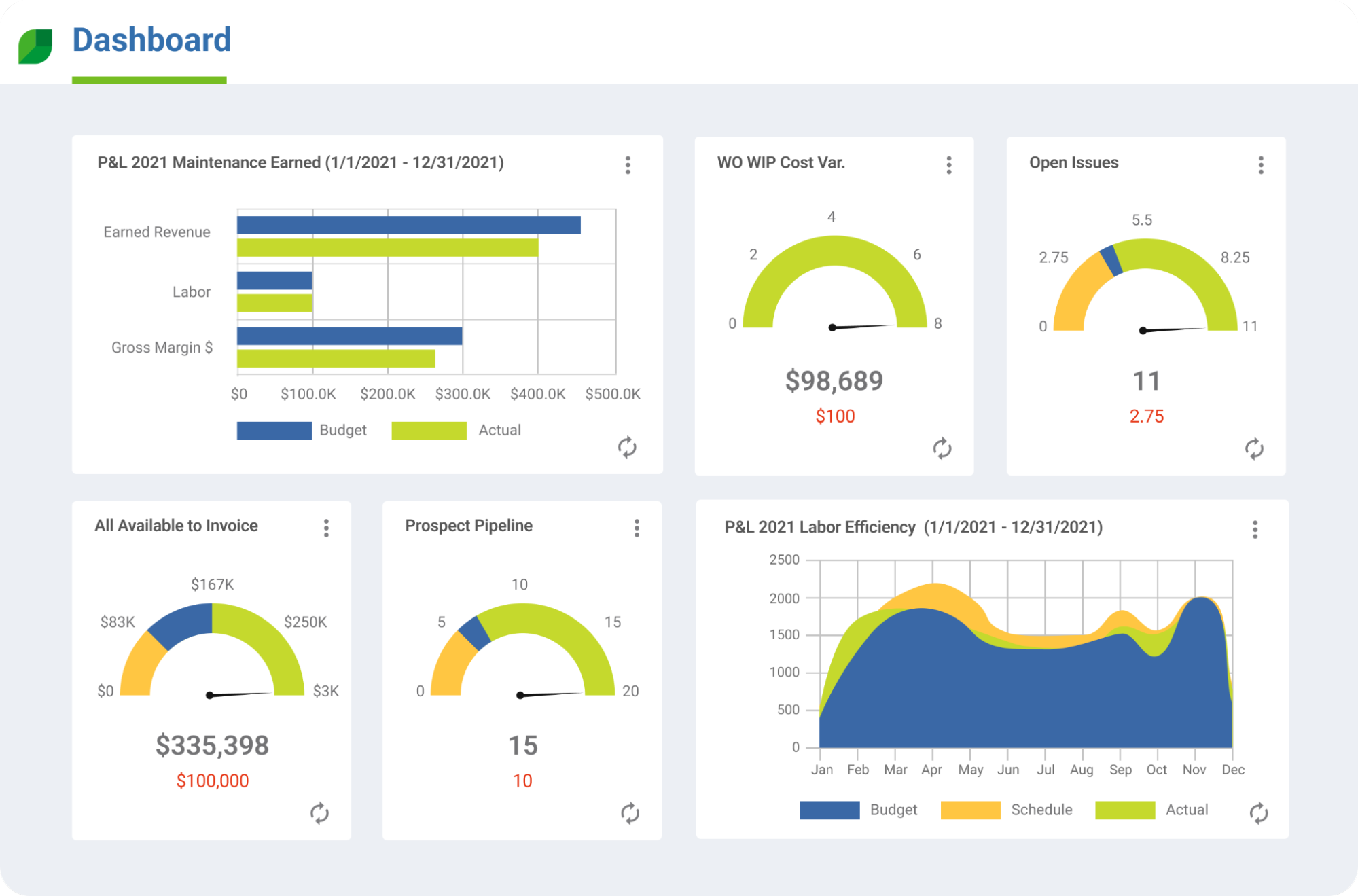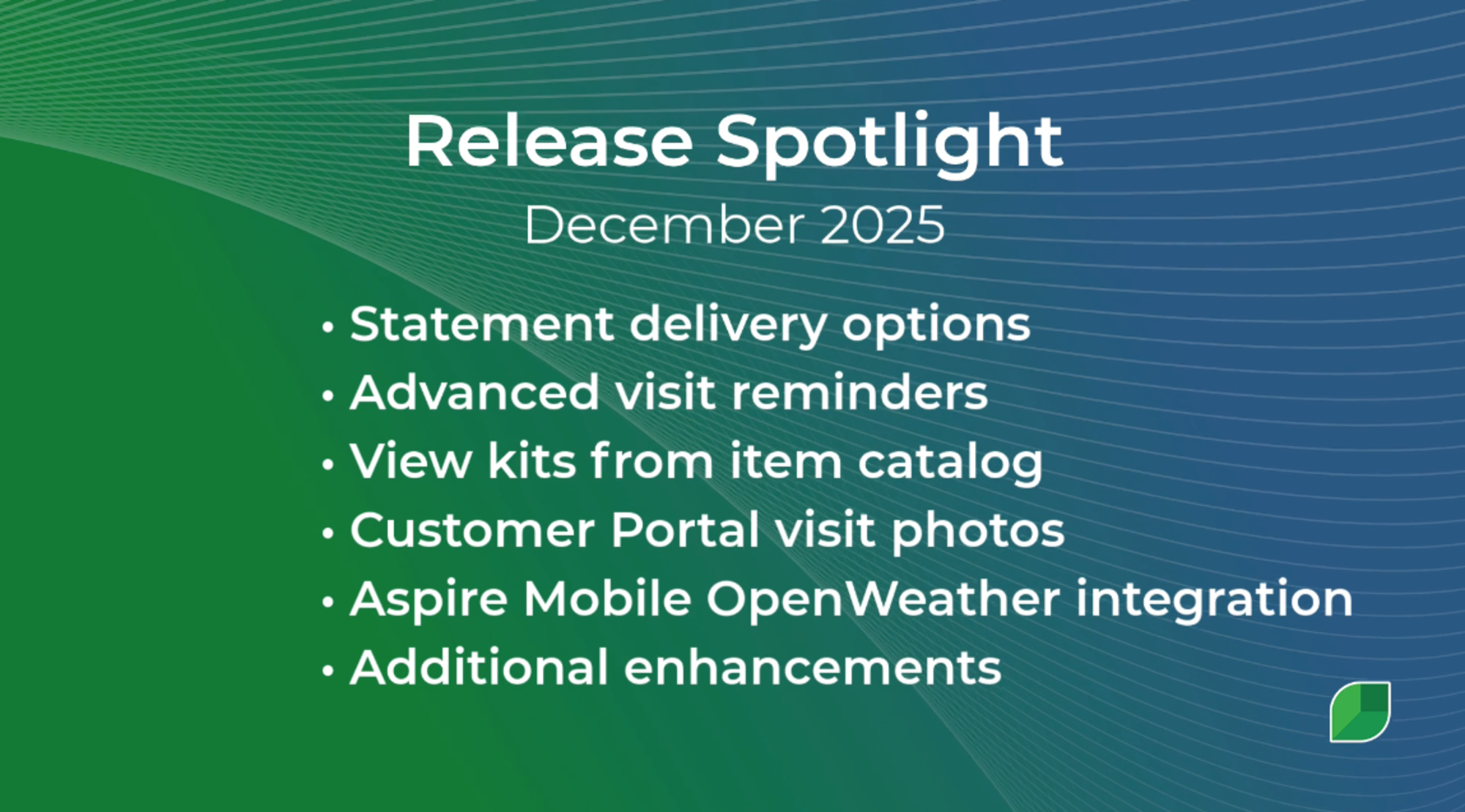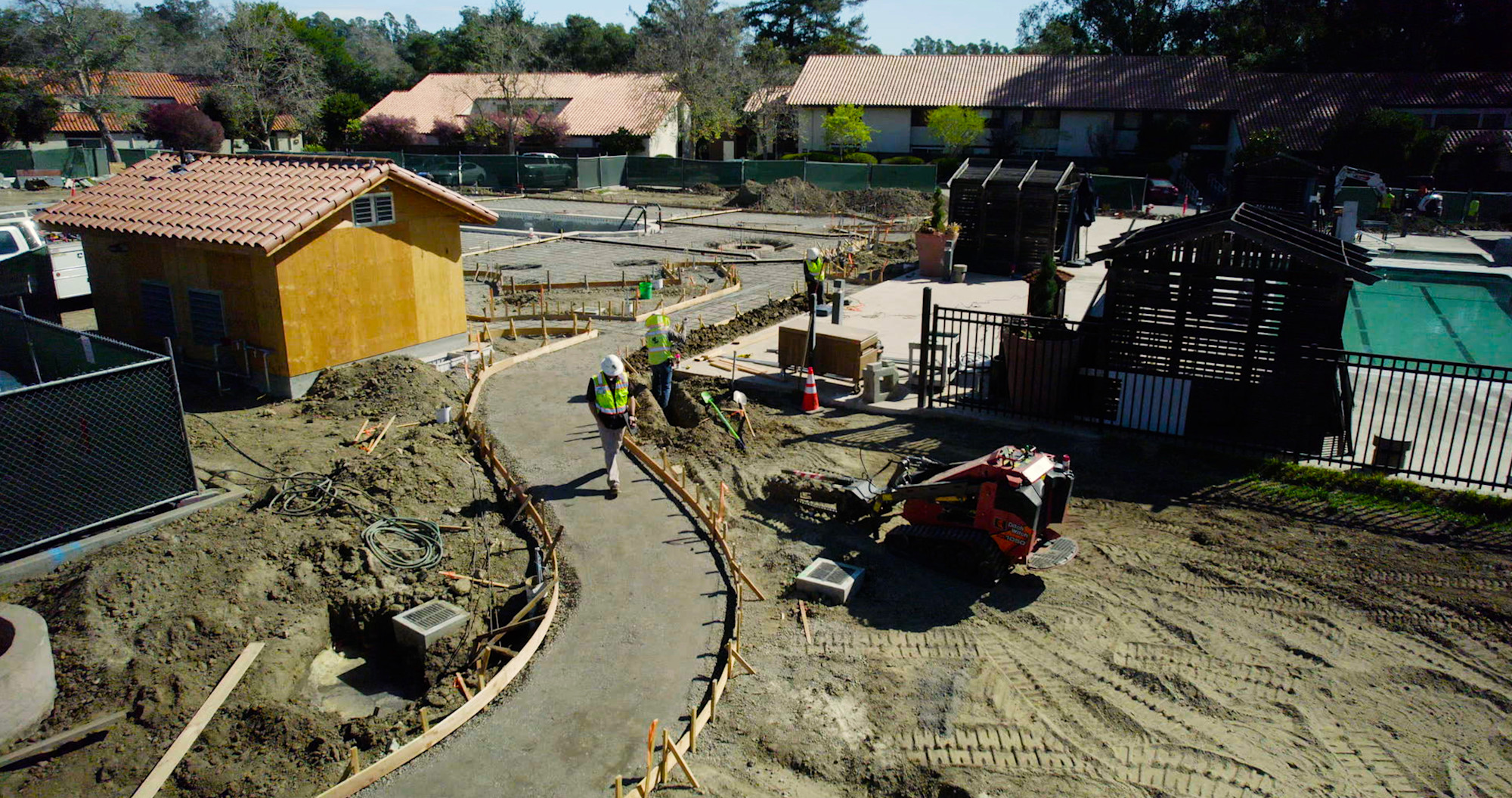Table of Contents
Table of Contents
- Step #1: Ensure a seamless operational transition for clients and employees
- Step #2: Reach out to existing clients to announce the change
- Step #3: Ensure a smooth transfer of licenses and permits
- Step #4: Evaluate existing technology systems and processes
- Step #5: Develop a strategy for marketing and brand transition
- Step #6: Identify areas for employee training and development
- Step #7: Engage with the local community to introduce the new ownership
- Integrate cutting-edge technology with your landscaping business
- Frequently asked questions
Buying a landscaping or lawn care business is a big undertaking, whether you’re new to the industry or a seasoned business owner.
You need to navigate the legal and regulatory requirements of purchasing a service business while ensuring a smooth transition with an in-depth knowledge of landscaping industry trends, operational challenges, and local market conditions.
This article highlights seven steps successful entrepreneurs take after buying a landscaping business and provides practical insights for navigating the post-acquisition phase and setting the foundation for long-term success.
Step #1: Ensure a seamless operational transition for clients and employees
Retaining employees and clients is essential for an optimal post-purchase transition. The existing team's inherent knowledge of the customer base, operations, and services will minimize disruptions to the business while ensuring continuity.
Communication during the ownership change, internally and externally with clients, is essential to assure employees they’ll be taken care of and ensure customers know they’ll receive the same level of service.
→ Being open and transparent alleviates uncertainties and builds trust.
Provide training for new employees so they can learn your systems and processes. For example, pair employees from the acquired company with mentors from your own company.
Prioritizing a seamless operational transition ensures that clients and employees feel supported and valued during this period of change.
Step #2: Reach out to existing clients to announce the change
Once operations are transferred, formally announce the change to existing clients. Introduce your company and the new ownership, and tell customers the benefits they’ll receive by becoming your team's client.
Focus your announcement on business continuity and improved services and release it through multiple channels, including email. If customer email addresses aren’t in the CRM, make calls or set up meetings for major commercial clients.
During the change in business ownership, there are bound to be questions. Make sure your CSRs are prepared with talking points to alleviate any concerns.
Step #3: Ensure a smooth transfer of licenses and permits
Companies need various licenses, permits, and insurance policies depending on where they operate. Contact your state and local regulating agencies for specific requirements and then decide if you want to transfer those licenses or get the new company and employees covered under existing licenses or policies and then:
Identify all necessary licenses and permits
Gather the required documentation (such as application forms, proof of insurance, and proof of qualifications)
Adhere to submission and approval processes and timelines
Consider consulting legal professionals specializing in business acquisitions to ensure compliance with all legal requirements.
Step #4: Evaluate existing technology systems and processes
When acquiring a new company, evaluate its existing technology systems and processes to determine what’s working well and what could be improved.
Common technology systems used in landscaping businesses include:
Customer relationship management (CRM) software for client management
Scheduling and routing software for efficient job planning and crew management
Accounting software for financial management
Assessing system compatibility with your goals involves evaluating whether the current systems can support future growth and scalability.
If the recently acquired business is using siloed software for specific processes, consider an all-in-one platform like Aspire.
Aspire provides visibility into every aspect of business operations. It offers unlimited users and full features, allowing your business to scale and grow without added costs, even as you acquire new businesses across cities, regions, and states.
Step #5: Develop a strategy for marketing and brand transition
Branding plays a significant role in customer perception and loyalty. Develop a marketing plan that slowly rolls out the new branding. To support customer retention, communicate openly with customers about the rebranding process. Provide them with a timeline for the transition and involve them in the process by seeking their feedback and input. Conduct a brand audit to assess perception and identify areas for improvement. Define your brand's values, mission, and unique selling points to guide your marketing strategy. Develop a cohesive message that resonates with your target audience and reflects the new ownership's vision for the business.
Develop a multichannel marketing strategy to align branding with new ownership and spread messaging using traditional and digital marketing channels.
Step #6: Identify areas for employee training and development
Training and development will keep staff informed during acquisition and engaged with the process—especially if there are new technologies and methods to learn.
→ Assess the business practices or tools you plan to adopt or change and select training leaders from within your current organization and the acquired business.
Cross-training improves team understanding of the overall operations and promotes flexibility in the office and field, keeping the new, larger team nimble through growth periods and changing seasons.
Investing in professional development benefits the employees and the business. A skilled and adaptable workforce can help the company remain competitive and adapt to future changes in the industry.
Step #7: Engage with the local community to introduce the new ownership
Community involvement is as important to your relaunch marketing strategy as Google Ads, social media, and email marketing. In-person meetings are critical to building positive relationships with other business leaders and potential new customers, consider:
Attending community events
Sponsoring local sports teams
Donating landscaping services to nonprofits
Consider involvement with local business organizations, like the Chamber of Commerce, especially if you offer commercial landscaping services.
A community presence builds brand awareness. While it’s an essential step after buying a landscaping business, it should also be an ongoing commitment as your organization scales.

Integrate cutting-edge technology with your landscaping business
Beyond fertilizing and lawn mowing, running a landscaping business requires monitoring and executing processes across the organization, including:
Estimating
Scheduling
Accounting
Reporting
The most agile landscape entrepreneurs who scale through acquisitions leverage technology to power their companies and minimize disruptions during ownership transitions.
While you can find many single-point solutions to optimize various aspects of your business, the Aspire platform is the only scalable solution that does it all. Its end-to-end business management helps landscape owners make timely, informed decisions that dramatically improve sales, productivity, accountability, and profits.
Request a demo today to get started.
Frequently asked questions
Check out the answers to common questions regarding landscape business acquisition.
Q1. How profitable is owning a landscaping business?
Typical landscape company profit margins depend on your market, verticals, and company age. For an early-stage landscaping business in growth mode, expect a 15% profit margin. As you grow your business, profit margins increase.
Q2. How do you value a landscaping business?
Multiple valuation methods exist for landscaping businesses, but they generally involve assessing assets, liabilities, earnings, and market conditions. A business broker can help determine your business's value.
Q3. What questions should you ask when buying a landscaping company?
When buying a landscaping business, key questions include:
What is the company's revenue, profit margin, and overall financial stability?
What is the client retention rate?
What is the company's reputation in the market, and how does it differentiate itself from competitors?
Are there outstanding warranties to honor?
The answer to these questions shouldn’t stop an entrepreneur from purchasing a new business but can inform the transition strategy and identify potential challenges early in the process.
Q4. Why should you buy a landscaping business?
Buying a landscaping business offers access to an established brand, customer base, and operational infrastructure. This can help new owners get started in the industry quickly and unlock growth opportunities for existing operators.
Q5. What are the key factors to consider before purchasing an existing landscaping business?
Before purchasing an existing landscaping business, consider key factors such as:
Financial health
Client base stability
Reputation
Condition of assets and equipment
Employee skill level
Market conditions
Regulatory compliance
Seller's reason for selling
Compare these factors with your team’s experience, workload, and goals. Identify if there’s significant customer churn, old or poorly maintained equipment, or inexperienced crew members.
Q6. What is the average cost to buy an existing landscaping business?
The average cost to buy an existing landscaping business varies based on factors such as:
Size of the business
Location
Asset value
Financial performance
Consult with a business valuation professional to determine a fair price based on the business's specific circumstances.







